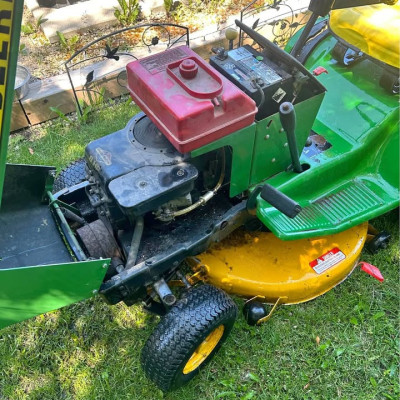Common Snowball Viburnum: The Eastern Snowball Shrub
Common Snowball Viburnum: The Eastern Snowball Shrub
The Common Snowball Viburnum, also known as Eastern Snowball Viburnum (Viburnum opulus var.
sterile), is a cherished shrub celebrated for its striking and voluminous blooms.
Known for its eye-catching snowball-like clusters of flowers, this plant brings a touch of elegance and charm to any garden.
Here’s everything you need to know about this beautiful shrub, including its care, benefits, and tips for growing a thriving Viburnum.
Overview of the Common Snowball Viburnum
Botanical Name: Viburnum opulus var.
sterile
Common Names: Common Snowball Viburnum, Eastern Snowball Viburnum
Family: Adoxaceae
Native Range: Eastern Europe and Western Asia
The Common Snowball Viburnum is renowned for its large, rounded flower clusters that resemble snowballs.
These blooms, which appear in late spring or early summer, are typically white but can sometimes take on a pale pink hue.
The shrub’s foliage is equally attractive, with deeply lobed leaves that provide a lush backdrop to the striking flowers.
Key Features
1.Blooms: The main highlight of the Common Snowball Viburnum is its impressive floral display.
The large, globular clusters of white flowers can reach up to 6 inches in diameter, creating a dramatic effect in any landscape.
2.Foliage: The shrub’s leaves are green and deeply lobed, turning shades of yellow, red, or purple in the fall, adding seasonal interest.
3.Size: Common Snowball Viburnum typically grows to a height of 8-12 feet (2.
5-3.
5 meters) and has a similar spread, making it an excellent choice for creating a dramatic hedge or specimen plant.
Growing Conditions
1.Light: The Common Snowball Viburnum thrives in full sun to partial shade.
For optimal blooming, plant it in a location that receives at least 6 hours of sunlight each day.
However, it can tolerate some shade, especially in hotter climates.
2.Soil: This shrub prefers well-drained soil that is rich in organic matter.
It can tolerate a range of soil types, including loamy, sandy, or clay soils, but drainage is crucial to prevent root rot.
3.Watering: Regular watering is essential, particularly during the first year of growth as the plant establishes itself.
Water deeply and consistently, allowing the top inch of soil to dry out between waterings.
Once established, the shrub is relatively drought-tolerant.
4.Fertilization: Feed the Common Snowball Viburnum with a balanced fertilizer in early spring before new growth begins.
Avoid over-fertilizing, which can lead to excessive foliage growth at the expense of blooms.
Care and Maintenance
1.Pruning: Pruning is best done immediately after the shrub finishes blooming.
Remove any dead, damaged, or crossing branches to maintain the plant’s shape and encourage better air circulation.
Light pruning can also help promote a more uniform growth habit.
2.Pest and Disease Management: The Common Snowball Viburnum is generally resistant to pests and diseases.
However, it may occasionally be susceptible to aphids, scale insects, or powdery mildew.
Regular monitoring and prompt treatment can help keep these issues in check.
3.Winter Protection: In colder climates, mulch around the base of the shrub to protect the roots from freezing temperatures.
In areas with heavy snowfall, ensure the shrub is properly supported to prevent breakage from the weight of the snow.
Benefits and Uses
1.Ornamental Appeal: The Common Snowball Viburnum is a stunning ornamental plant that adds a dramatic flair to gardens and landscapes.
Its large, showy blooms make it an excellent choice for focal points, hedges, or backdrop plantings.
2.Wildlife Habitat: The shrub provides valuable habitat for birds and insects.
While it is not known for its fruit production, it can attract pollinators such as bees and butterflies.
3.Seasonal Interest: Beyond its impressive blooms, the shrub’s foliage provides seasonal interest with its vibrant fall colors.
The overall structure and form of the plant offer year-round appeal.
Conclusion
The Common Snowball Viburnum, or Eastern Snowball Viburnum, is a remarkable shrub that brings elegance and charm to any garden with its stunning floral displays and lush foliage.
By providing the right growing conditions and regular care, you can enjoy the beauty of this versatile plant year after year.
Whether used as a specimen plant, a hedge, or a backdrop in your landscape, the Common Snowball Viburnum is sure to make a striking impact and become a beloved feature in your outdoor space.
Respect!
Kommentar
Delen





